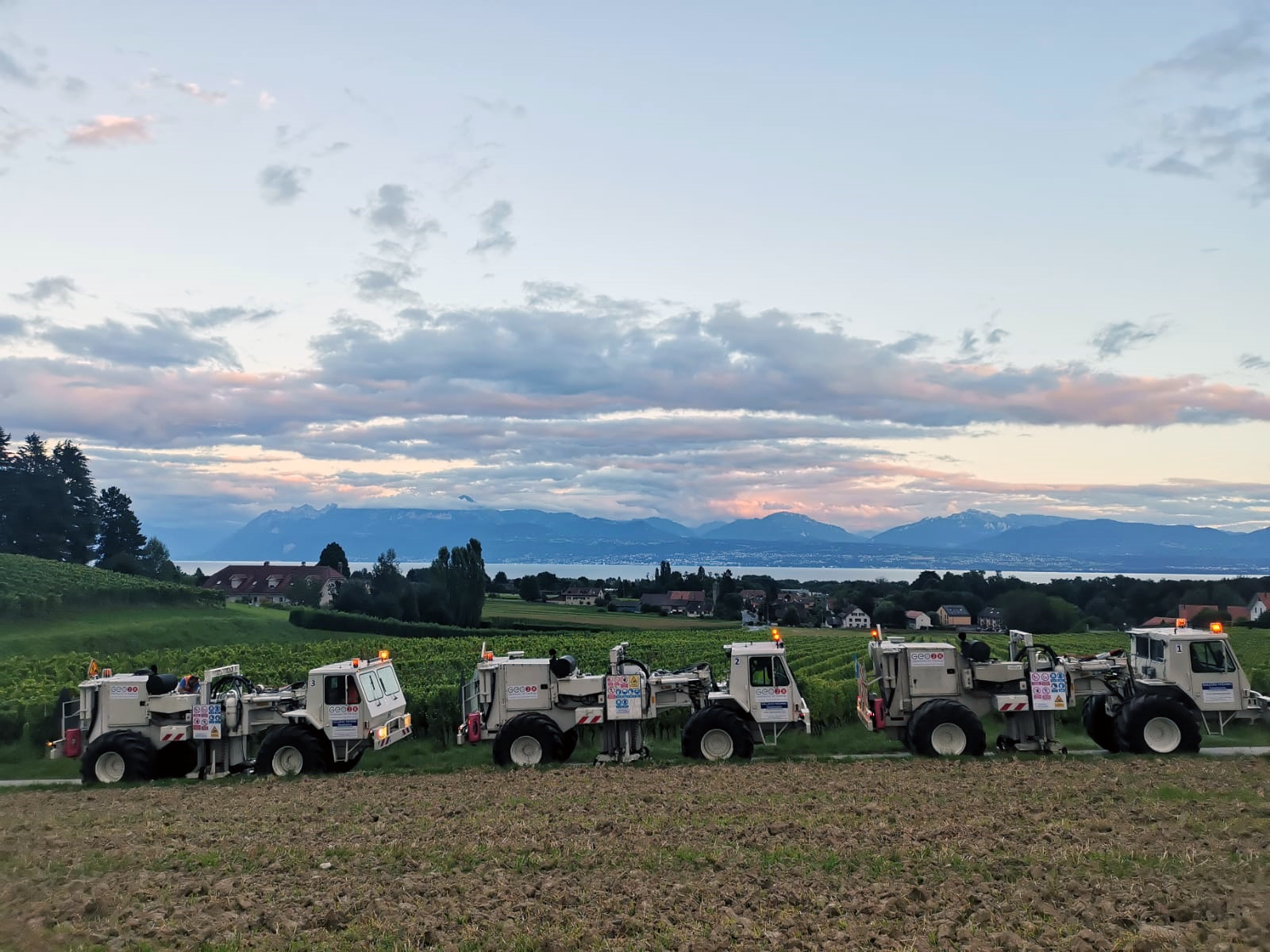At Geo2X, we thrive on new challenges. A brief chat is often the most effective way to explore how our services can benefit you. Don't hesitate to reach out!

Seismic reflection is based on the measurement and processing of waves reflected at geological interfaces. These reflections depend on velocity and density contrasts. Sections highlight stratigraphic boundaries, dips, faults, folds or reservoirs.
In theory, the depth of investigation is not correlated with the size of the acquisition device. However, this imaged depth depends on the ambient noise level. A priori estimation of source power is therefore essential. Such an estimate of target depth, topographical difficulties, noise level and economic imperatives enables the choice of an appropriate acquisition geometry (source, spacing between geophones and shots). A 400kg weight chute hitched to a tractor is the most frequently used source, due to its power and speed of use. We also have at our disposal several vibrating truck of different size.
For very high resolution in the first tens of meters, our state-of-the-art microvibrators (P and S waves) can be used. Such equipment, combined with a high density of receivers, is ideally suited to most shallow geological and geotechnical problems.
Acquisitions in urban environments are usually complicated by the need to deploy the measuring device across existing roads and infrastructure. Our latest-generation wireless equipment (WirelessSeismic) enables us to overcome these limitations.